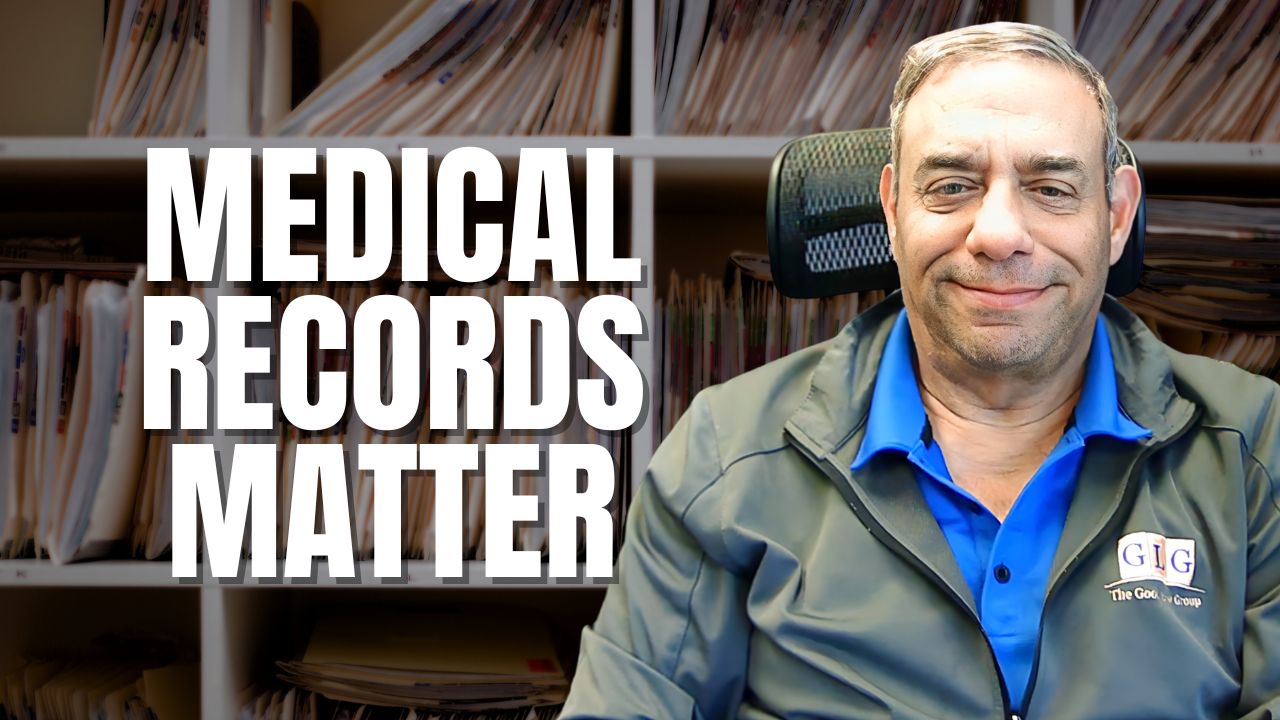A Disability pension is a monthly benefit paid by a private or public pension plan to a covered employee. The employee must have not yet reached retirement age and have a total disability that makes him unable to work. Disability pension benefits supplement Social Security Disability (SSD)benefits, meaning receipt of one won’t result in loss of the other – although, in some circumstances, it can result in a reduction in either benefit amount.
Disability pension plans are governed by the individual employer pension plan, so certain requirements, such as the number of hours you must have worked or how many years you must have vested, may vary among plans. It is therefore important to check your plan documents to ensure you meet your pension plan’s specific eligibility requirements.
Eligibility for Disability Pension
Generally, eligibility for a disability pension requires that you meet each of the following criteria:
- Be younger than 65 years of age;
- Have 10 or more years vested with your employer;
- Have a total disability, per the SSA;
- Be eligible for, and actually receiving, SSDI benefits, and;
- Have worked a certain number of hours during a specified time period.
Disability pension payment rates are calculated under the same formula used to determine retirement pension benefits. Disability pension benefit amounts vary based on the terms of your employer pension plan. As an example, your disability pension payment may be 100% of your regular retirement benefit if you are eligible for early retirement, or 85% of your retirement benefit if you have not reached early retirement age.
Disability pension payments end when you turn 65; at that point, they convert to regular retirement benefits per your pension plan policy. To apply for disability pension benefits, check with your employer’s pension plan coordinator.
SSD Benefits and Disability Pension
Disability pension benefits paid from private pension plans don’t typically affect your monthly SSD benefit. That’s because SSD benefits aren’t based on a recipient’s need; instead, they’re based on the applicant meeting specific work requirements, and having paid into the system through the payment of social security tax (done through mandatory payroll deductions).
Disability pension benefits paid from public pension plans or other employers that opted out of paying Social Security tax – for example local, state and federal governments, teacher and railroad pension plans, and foreign-owned companies – may, however, cause the SSA to reduce the dollar amount of your monthly SSD benefits. Called the Windfall Elimination Provision, in these situations the SSA may reduce your monthly SSD benefits up to 50%, depending on how many years you worked at a job that did not pay Social Security tax.
The Windfall Elimination Provision does not apply, however, if you have 30 years of substantial covered earnings; the SSA has a chart that shows what it considers substantial earnings for each year dating back to 1937. If you have more than 20 years of substantial covered earnings, the reduction in your SSD benefits lessens for each additional year of substantial earnings.
SSD benefits may result in a reduction of your monthly disability pension amount. Again, check with your plan coordinator to determine how SSD benefits will reduce your benefit amount.
Are you applying for SSD Benefits or have you been denied? Consider the Good Law Group for your representation. Call #(847) 577-4476 or complete our online evaluation form today.









